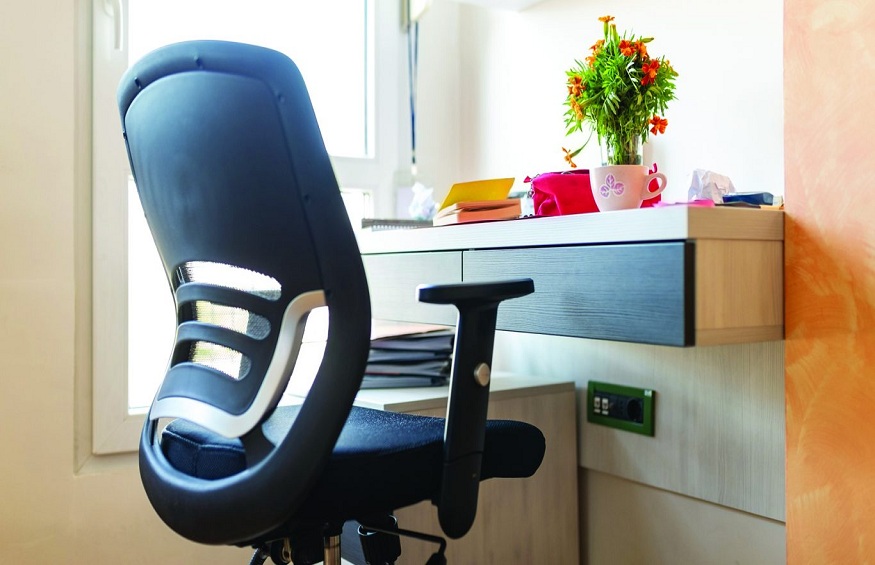The teleworking a number of advantages : saving time, especially in transport, flexibility, autonomy, etc. Between 8 and 17% of the active population in France work from their home. Even if this mode of operation is not adapted to all professions and all personalities, it tends to develop.
But how do you choose your office chair to work comfortably at home and without risk to health? Because it is a fact, spending long hours sitting at his desk is harmful for the body and causes pain which can become chronic.
The consequences of a greater sedentary lifestyle are now the subject of numerous studies and have become an issue for the WHO (World Health Organization). Thus, the major brands of office furniture are now working to offer task chairs suitable for repeated and prolonged use . Let’s see together how to choose an office chair to organize your telecommuting space .
Choosing an office chair when working from home is too often relegated to a design story. We choose a seat that we like, integrates well with the decoration of the house and that seems to be comfortable, without really taking into account the important criteria for the health and the functionalities of the armchair . And yet, the offer in terms of office furniture is expanding, the choice is varied and there is now ergonomic furniture.
Choose a classic or ergonomic office chair
An ergonomic office chair is a fully adjustable chair: height, seat depth, backrest, armrests, headrest, etc. Conversely, a standard office chair offers less adjustment possibilities, as a general rule only the height of the seat is adjustable. Of course, all the features of an ergonomic chair have an impact on its price, much higher.
Your choice must above all be motivated by your needs and the daily use of your office chair, knowing that an ergonomic model is recommended for any prolonged sitting position of more than four hours per day. But, you must also take into account the specificities and nature of teleworking, for example, you have more easily the possibility of taking short breaks to stretch your legs when working at home.
Choosing the right office chair tilting mechanism
Any office chair, whether ergonomic or not, offers a tilting mechanism (the movement made by the chair when you lean your back against the backrest). This mechanism varies from one model to another.
1. The synchronous tilting mechanism is a coordinated movement between the backrest and the seat when you are resting on the backrest. It is the system recommended by occupational medicine and ergonomics professionals, because it allows better support for the user’s movements. The synchronous tilting mechanism is preferred for intensive use (more than 7 hours per day) of your office chair.
2. The offset tilting mechanism allows the seat and backrest to be tilted in one piece while keeping the feet on the ground without imbalance or pressure point. It is recommended for daily use (less than 7 hours per day) of the office chair.
3. The classic tilting mechanism should be reserved for moderate use (maximum 4 hours per day) of your teleworking chair, because the backrest and the seat being integral, the tilting backwards causes the feet to detach from the ground, generating a poor body posture and compression in the legs disrupting blood circulation.
Whatever mechanism is chosen, it is possible to adjust the resistance of the backrest according to the weight of the user in order to prevent the chair from pushing the back forward, or on the contrary, from tilting backwards as soon as the back comes into contact with the file.
Choosing an office chair with or without armrests
Only ergonomic office chairs offer adjustable armrests (height, depth, inclination, etc.), standard products include fixed armrests , which in terms of ergonomics are not recommended, as they do not, in most cases, allow adopt a good position of the arms (right angle at the level of the elbows and wrists in the extension of the forearms). Thus, it is even recommended to remove them or change them if they interfere with movement, badly adjusted armrests can cause pain in the arms, especially in the shoulders.






